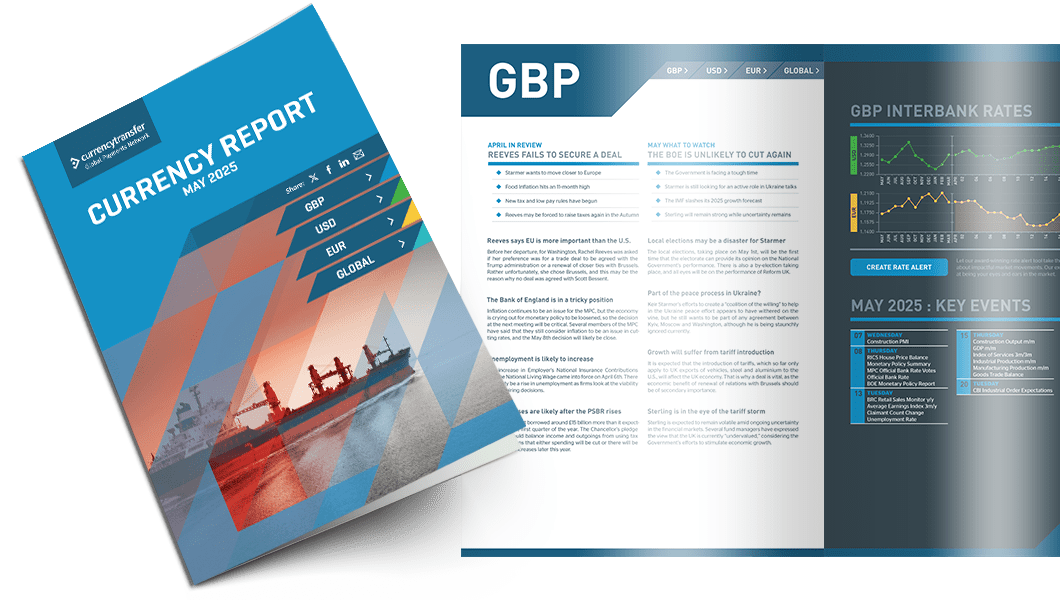
Highlights
- Rates rise for 14th consecutive time
- ISM data points to softer jobs numbers
- Italian economist wants rate to stay high, not increase further
UK inflation higher than Eurozone due to energy anomaly
The Bank of England’s Governor, Andrew Bailey, commented at his press conference that the MPC expects headline inflation to fall to 5% by October. He went on to say that the reason inflation is currently higher in the UK than in the Eurozone is due to a more gradual “pass-through” of energy price falls in the UK.
It is unclear at what rate energy prices will continue to fall, but he did say that he believes that the price of food and drink has peaked.
This was a little odd given the effect of the withdrawal of Russia from its agreement to allow free movement of grain through Ukraine’s Black Sea Ports and changes to taxation the UK government introduced this week that will see the price of beers, wines, and spirits rise.
Services inflation has risen since May, which is an unwelcome development. Pay growth in this sector has been stronger than the models that the Bank’s economists use predicted.
Unemployment remains uncharacteristically extremely low, which is something of an outlier given other economic developments. So far, the rises in official interest rates that have been agreed by the MPC have not become sufficiently restrictive upon demand.
Bailey explained the fifty-point hike agreed in June by saying that the committee had some “unpleasant surprises in June, but there has been some degree of turnaround. It was agreed that there was not a strong enough case for a further fifty-point hike at this meeting.
Despite demand not falling significantly, Bailey felt that there is unmistakable evidence that higher rates are influencing bank lending.
“From this point forward, there is no clear path for interest rates, and the MPC will be persuaded by the evidence.” This was an alternative to the usual “we will be data-driven going forward,” which is now commonplace amongst Central Banks.
Although economic activity has been weaker since May, the Bank’s models do not project a recession. Bailey made no mention of the appointment of former Fed Chair Ben Bernanke to make a study of the veracity of the Bank’s models.
The pound initially reacted badly to the announcement of a twenty-five-point hike, falling to a low of 1.2620 before recovering to close the day virtually unchanged at 1.2708.
The level of support mentioned yesterday held and is strengthened by the market’s recovery from that point.

Read our latest currency report
Most impactful events planned this month and how they could impact your business
Economy may not be as robust as data predicts
This would mean that the pause that was delivered in June was perfectly timed, while the case for any further hikes will be hard to make.
It also means that the markets’ expectations for today’s NFP report have been tempered, with around 150k new jobs now predicted to have been created in July.
Furthermore, the implications of tiger bank lending cannot be ignored, and despite the growth data, rumblings about a recession in the first half of next year have returned.
The inversion of the yield curve remains, while two surveys of business confidence, the National Federation of Independent Business Small Business Optimism and the Conference Board’s CEO optimism survey, are in “recession territory.”
Manufacturing output has seen a rise in its most recent data but remains below the break-even level between expansion and contraction, while services output continues to expand but at a slower rate than had been seen previously.
When comparing GDP and output data, GDP always tends to overshoot output by turning around to follow the output trend closely.
There are several reasons that the market will follow today’s NFP a little more closely than it has recently, not least because the market will expect the pause in rate hikes should have given a boost to the headline figure, although there is still a nagging doubt, that there still hasn’t been a significant downward surprise in the current cycle.
The dollar index paused its run of higher closes yesterday, despite making another fresh short-term high. It reached 102.84 before retreating to close at 102.47.
Borrowing costs are already at restrictive levels
Panetta suggested, although he is not the first Italian to do so, that if the Central Bank confirmed that it was committed to confirming that interest rates would stay at their current level for longer than is currently believed, it would take away the necessity for further hike as the net result would be similar, if not even more restrictive, on demand.
That having been said, Panetta injected a sense of realism into his comments by saying that he did not rule out a further hike, in September, since the ECB will effectively pause since there will be no meeting of the Governing Board in August.
He believes that interest rates have reached restrictive levels already, as is seen in the latest bank lending data, and that makes further hikes less effective than they have been recently.
Adding to the agony by hiking further when rates are already restricting activity and output could turn out to be counterproductive when placed against rates continuing at their current level well into next year.
The most recent rise clearly shifts the emphasis towards a significant slowdown in activity.
The idea that rates should stay “higher for longer” has been suggested by both the ECB’s Chief Economist, Philip Lane and the French Central Bank Governor, Francois Villeroy de Galhau in recent months, so it may be gaining some traction.
There are several views regarding the September meeting, with a number of analysts and commentators believing that there will be a pause while commercial bank economists overall predict one final hike.
It will be a tough call, since the Governing Council will have two further releases of inflation data to consider before a decision is made.
The Euro halted its recent slide yesterday, climbing to a high of 1.0963 and closing at 1.0948. Now that the Central Bank meetings are out of the way, a slowdown in market activity can be expected, with only any unexpected issues rousing traders from their “summer slumber.”
Have a great day!

Exchange rate movements:
03 Aug - 04 Aug 2023
Click on a currency pair to set up a rate alert
Alan Hill
Alan has been involved in the FX market for more than 25 years and brings a wealth of experience to his content. His knowledge has been gained while trading through some of the most volatile periods of recent history. His commentary relies on an understanding of past events and how they will affect future market performance.